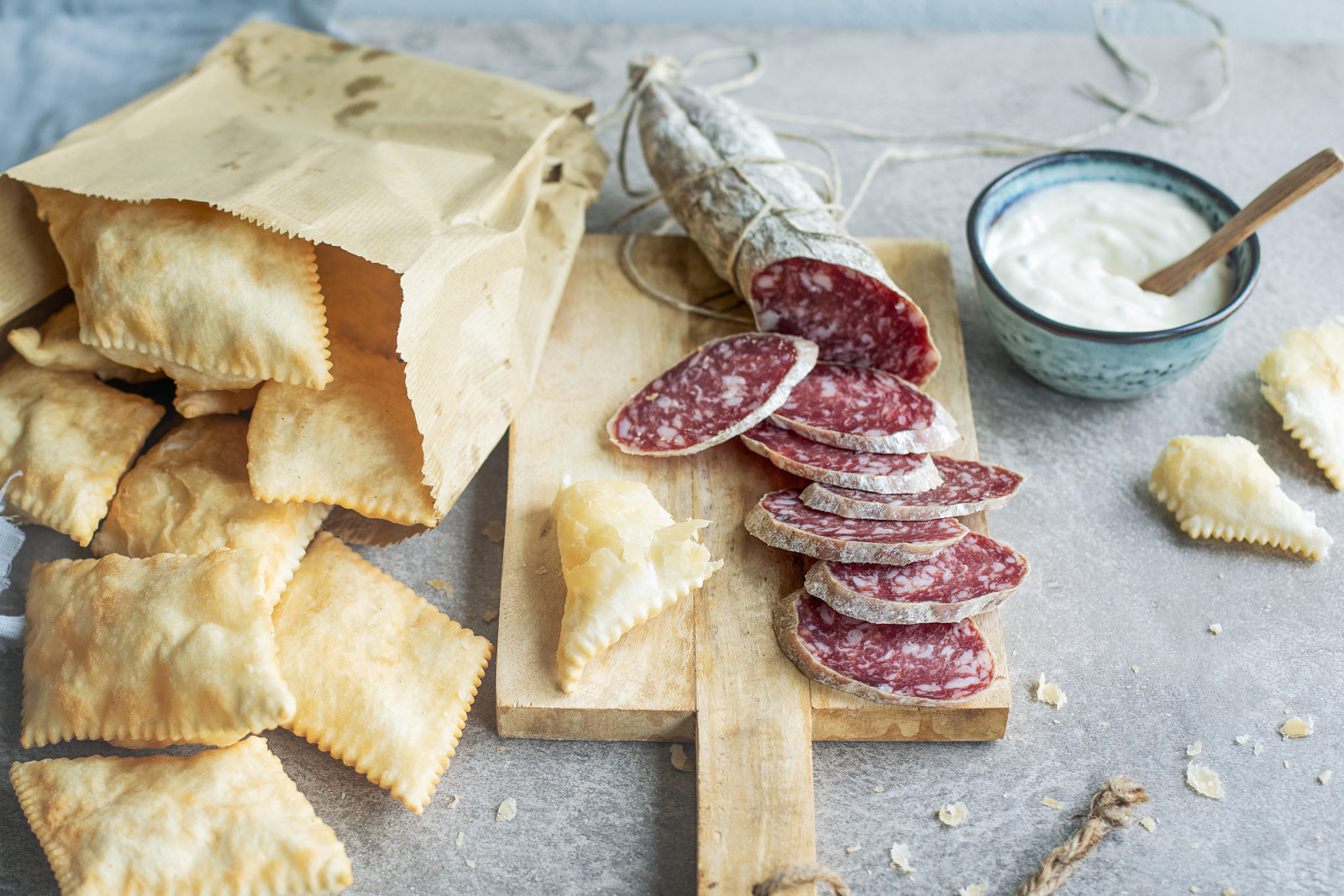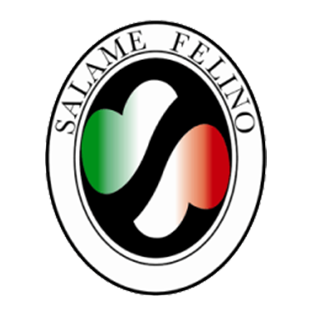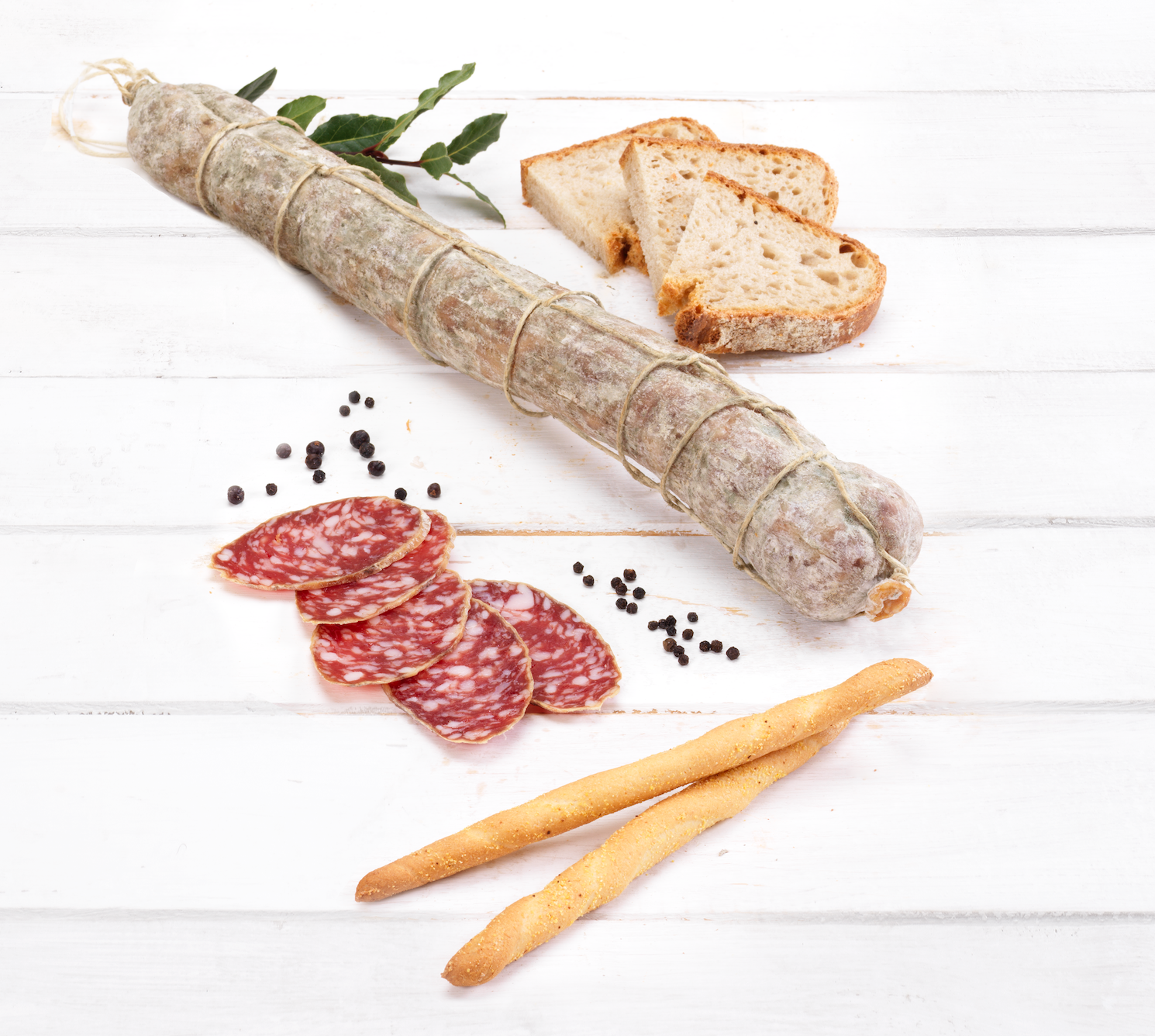
Consorzio di Tutela del Salame Felino IGP


HISTORY
The first references to Salame Felino were already present in the works of some Latin writers in the 3rd/4th century A.D.;
the oldest representation of the product is supposedly in a decoration inside the Baptistery of Parma (1196- 1307). Starting from 1800, in the town of Felino, a special way of processing pork meat into salamis was reported. In 1905 for the first time the expression “Salume Felino”, i.e. deli meat from Felino, was present in the Italian dictionary. Already in 1927 local public institutions acknowledged the denomination “Salame Felino” for the salami manufactured in the Province of Parma, since the use of this product denomination was a form of promotion of the local wealth.
Still today, the tie of the production of Salame Felino to the province of Parma can be confirmed by research and studies on the gastronomic culture of this area. Indeed, there are numerous reviews that associate Salame Felino to the gastronomy of this province by mentioning it as one of the most appreciated sausages of Parma, of which the tastiness is inevitably linked to its century old tradition that has been developed and kept only in the valleys of the province of Parma.
Consorzio di Tutela del Salame Felino IGP
Strada del Ponte Caprazucca 6/a
43121 – Parma (PR)
Tel: 0521 2266
Fax: 0521 226700
Mail: info@salamefelino.com
Web: www.salamefelino.com
Product description
Salame Felino PGI has a cylindrical shape with one end larger than the other, its
texture is compact, but not elastic and its weight ranges from 200g to 4.5kg.
When sliced, the slice is ruby red, even and lean, the taste is mild and delicate. Salame Felino PGI is stored in a cool and dry place or on the lower shelves of the refrigerator; for ideal tasting, it is advisable to serve it freshly sliced and eaten in a short period of time, thus avoiding extended contact with air.

production tecnique
The production area of Salame Felino PGI includes all the municipalities of the province of Parma, in the Emilia-Romagna region.
The meat cuts used are parts of muscle and fat from the belly and/or shoulder chuck. After accurate trimming, meat is refrigerated and minced using a meat grinder. The meat can be mixed with salt, pepper (whole and/or ground) and crushed garlic, eventually with white dry wine, and sugar; it is filled into natural pork casing and tied with string and not with a net.
Drying takes place in dedicated rooms at temperatures ranging from 13 to 24°C for 4-6 days to foster dehydration. Maturation takes place in duly ventilated rooms, at temperatures ranging from 12 to 18°C for a minimum of 25 days.